 Hello again everyone. Summer is always a good time to discover new books to add to my home and classroom libraries. Here are some of my recent favourite additions.
Hello again everyone. Summer is always a good time to discover new books to add to my home and classroom libraries. Here are some of my recent favourite additions.

Bella’s Blessings
Brenda Stokes, Trisha DesRosiers (Illustrations)
Simply Read Books
When Bella Beaver is born, Grandma Beaver gives her a special gift, a blessing stone. Each year Bella receives a new blessing stone, and each stone guides Bella through the difficult situations she faces as she grows up. But can the last blessing stone help Bella face the biggest challenge of her life?
 Anna May’s Cloak
Anna May’s Cloak
Christiane Cicioli
Simply Read Books
When Anna May is young, her grandmother makes her a beautiful blue cloak. When she wears it, Anna May feels like a queen. Soon the cloak is too small for her–but Anna May never forgets her favorite piece of clothing. Snip, snip, snip…see how Anna May’s cloak is transformed as her family grows.
 Touch The Sky
Touch The Sky
Ann Malaspina, Eric Velasquez (Illustrator)
Albert Whitman & Company
A biography of the first black woman to win an Olympic gold medal, from her childhood in segregated Albany, Georgia, in the 1930s, through her recognition at the 1996 Olympics as one of the hundred best athletes in Olympic history. Includes bibliographical references.
 The Short Giraffe
The Short Giraffe
Neil Flory, Mark Cleary
Albert Whitman & Company
Geri is the shortest giraffe in the herd, which causes all kinds of problems when Bobo the baboon tries to take a photo. Can Geri stretch up tall enough to be in the picture? Or are the other giraffes looking at things from the wrong perspective? A very sweet story for pre-schoolers about difference and acceptance.
 Kiss! Kiss! Yuck! Yuck!
Kiss! Kiss! Yuck! Yuck!
Kyle Mewburn (Writer), Ali Teo (Illustrator), John O’Reilly (Illustrator)
Peachtree Publishers
Every time Auntie Elsie comes to visit she gives Andy two big sloppy kisses. Kiss! Kiss! on the left cheek. Kiss! Kiss! on the right cheek. Yuck! Yuck! Andy says to himself.
Andy is a fast runner. But not fast enough to outrun Auntie Elsie. Andy is good at hiding. But Auntie Elsie always finds him. When he ducks down in a pig pen, she climbs right over the fence. When he climbs a tree, she follows right after him.
But then Auntie Elsie breaks her leg and stops coming to visit. Andy realizes he misses Aunt Elsie and her sloppy kisses. One day, a taxi pulls by the gate and out come two crutches. Now it s Andy s turn to get Aunt Elsie. Kiss! Kiss! Hug! Hug!
Kyle Mewburn s funny story of an overly affectionate aunt and her long-suffering nephew will resonate with readers, who will instantly recognize the bond of love that unites the two characters. Ali Teo and John O Reilly s colorful and quirky multimedia illustrations, which combine freehand drawing and photographic collage, exaggerate the humor of the story.
 What Do Parents Do? (When You’re Not Home)
What Do Parents Do? (When You’re Not Home)
Jeanie Franz Ransom
Peachtree Publishers
Two children set off to spend the night at their grandparents. Throughout the course of the day, the young boys imagination runs wild as he imagines what his parents are doing while hes away. Jumping on beds, he thinks, or sledding down the stairs on pillows. Watching hours and hours of television, playing ball in the house, dressing up the dog, eating junk food, playing video games, and in general making one VERY BIG mess! The next morning when the kids come home the house looks tidy. It was pretty quiet, says Dad… but was it? Mom is hiding something behind her back. And those socks hanging from the ceiling fan. They werent there yesterday. Cyd Moores antic illustrations contrast the wild adventures at home with the more wholesome fun at their grandparents house. Jeanie Ransoms clever tale will keep young readers laughing long after the story has ended.
 A Sack Full of Feathers
A Sack Full of Feathers
Debby Waldman, Cindy Revell (Illustrator)
Orca Book Publishers
Yankel loves to tell stories, as long as they are someone else’s. He does not see the hurt that his stories cause, the way they spread and change. Then the rabbi hands him a bag of feathers and tells him to place one on every doorstep in the village. Yankel is changed by what happens and finds himself with his best story yet, one of his very own.
 Alphabetter
Alphabetter
Dan Bar-el
Orca Book Publishers
Did you ever try to use an egg in place of a football? Or dress up a live quail in doll’s clothes when you didn’t have a doll? Or strap rag-dolls onto your feet in place of slippers? In Alphabetter, twenty-six boys and girls find themselves in twenty-six different predicaments when the alphabet refuses to cooperate with them. In the end, the solution turns out to be right on the next page, if only they can find it…
Did you find all the letters hidden in the pictures in Alphabetter? Some of them are very hard to find! These are the ones that we know about. Maybe you found others as well. Happy searching!
 Must-Have Marvin!
Must-Have Marvin!
Christy Ziglar, Luanne Marten (Illustrations)
Ideals Children’s Books
The second title in the Shine Bright Kids series, Must-Have Marvin! teaches children that people are more important than things. Marvin loves new thingshe especially loves finding the latest, greatest, most awesome new things! Soon Marvin finds himself focusing on a new robot that he wants, to the exclusion of his friends. He lets them down when they need his help and nearly loses their friendship. Through a chat with a wise neighbor and a second chance to help, Marvin learns the important life lesson that people are more important than things.
 How to Clean Your Room
How to Clean Your Room
Eileen Spinelli, David Leonard (Illustrator)
Ideals Children’s Books
A delightful adventure emerges as each little boy and girl goes about the task of cleaning his or her room–a chore no child likes! Eileen Spinelli spins a glorious tale as she inspires children to clean their rooms–not in a rush, but with the wildest imaginings and a tender touch. For the bedroom is where you laugh and cry, dream big dreams, and store your precious memories. This book could start a whole movement of children asking to clean their rooms!
 Amber Waiting
Amber Waiting
Nan Gregory, Kady MacDonald Denton (Illustrations)
Red Deer Press
“Amber makes a bid to catch her father’s attention.” Amber lo-o-o-v-e-s Kindergarten — painting, looking at books, tying her shoes, sliding when it snows. But the one thing she can’t control is being picked up on time. Her father is frequently late, so she must wait and wait and wait in the secretary’s office after everyone else has left. It’s so embarrassing.
To deal with her frustration, Amber concocts a world in which she sends her dad to wait for her — on the moon — while she has all kinds of wonderful adventures. This, she knows, would teach Dad a lesson he’d never forget, and all the dads from around the world would, like him, turn up on time to collect their children and embrace them. Back in the real world, Dad at last shows up and Amber makes a bid to catch his attention, to let him know what it feels like to be left alone in school — and finally, maybe, he gets the point.
This delightful picture book combines the work of two extraordinary talents.
 How Smudge Came
How Smudge Came
Nan Gregory, Ron Lightburn (Illustrator)
Red Deer Press
Cindy is developmentally challenged and no pets are allowed in the home where she lives, so she must hide her new-found puppy in her room until she can find someone to care for him.
I hope you enjoy these new additions as much as I have. I would love to hear your new book discoveries. Please feel free to share them in the Reply box below. Thanks as always!
Lora
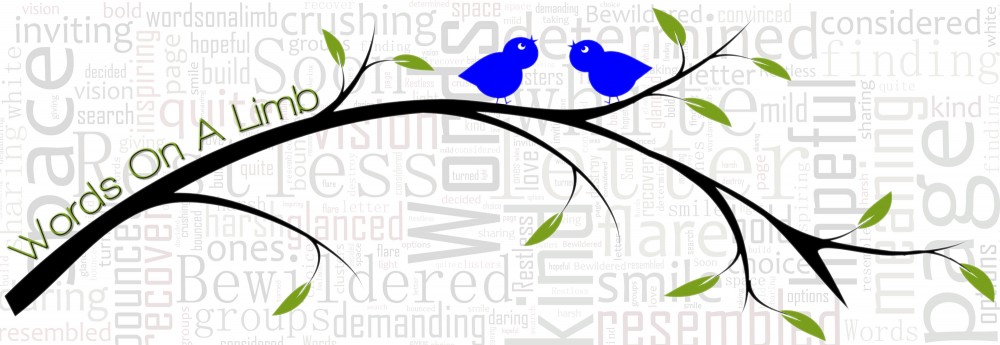

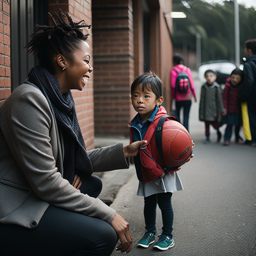
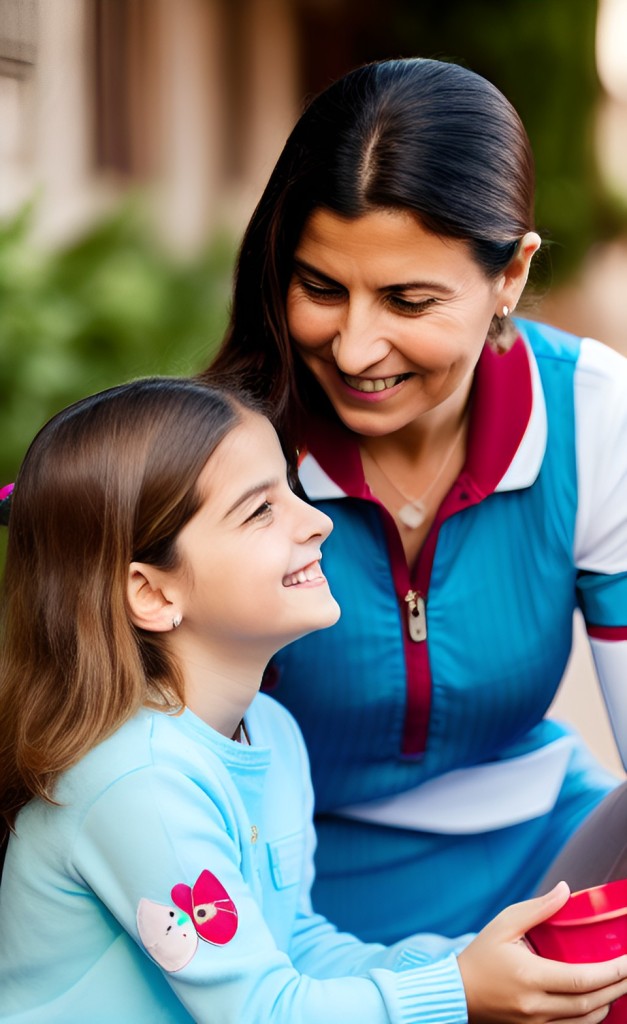
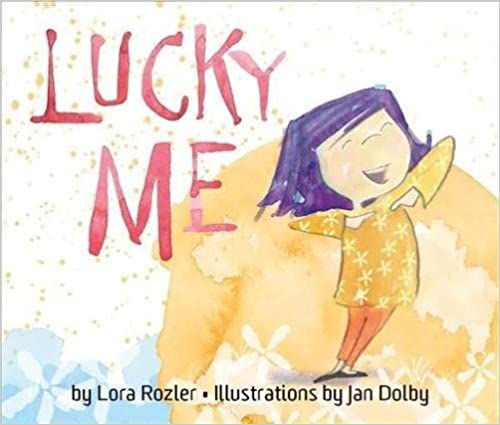

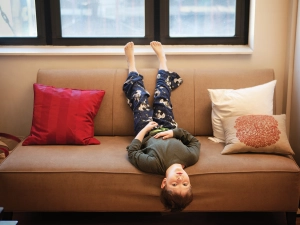 So we’ve been cooped up at home for quite some time now due to the pandemic. For us adults, the use of technology plays a pertinent role in maintaining our social connection to the outside world. But for the little ones whose main form of socialization stems from the school environment, this can be especially difficult.
So we’ve been cooped up at home for quite some time now due to the pandemic. For us adults, the use of technology plays a pertinent role in maintaining our social connection to the outside world. But for the little ones whose main form of socialization stems from the school environment, this can be especially difficult.
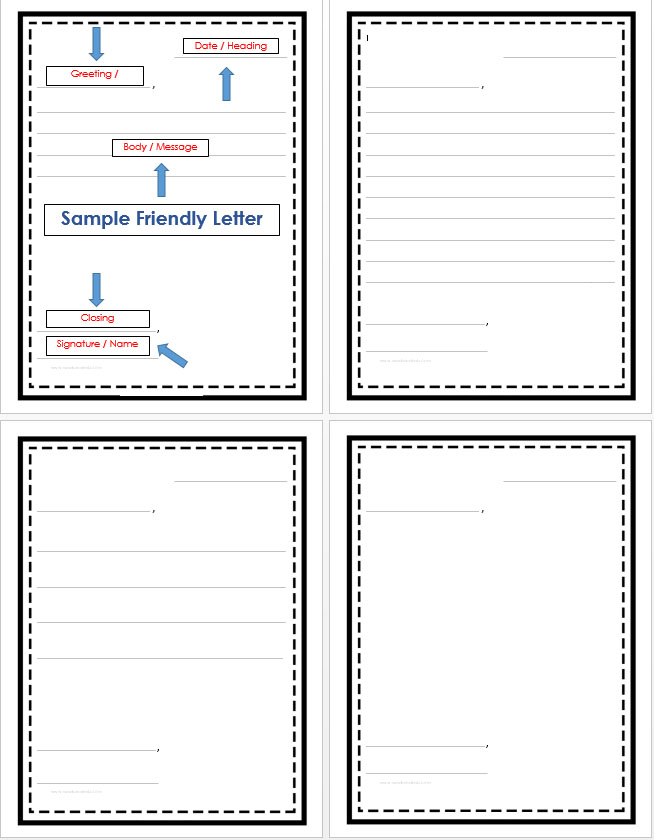

 Hello everyone. I hope you had a restful March break and are excited about the week ahead. I’d like to share a poem I wrote a little while back titled,
Hello everyone. I hope you had a restful March break and are excited about the week ahead. I’d like to share a poem I wrote a little while back titled, 


 One of my students favourite follow-up activities was to re-enact the poem using stick puppets. It is a wonderful way for them to practise retelling the story and have fun while doing so. Some benefits of using stick puppets to teach literacy include strengthening oral vocabulary, acting in role, building comprehension, retelling a story in sequence, and recalling details.
One of my students favourite follow-up activities was to re-enact the poem using stick puppets. It is a wonderful way for them to practise retelling the story and have fun while doing so. Some benefits of using stick puppets to teach literacy include strengthening oral vocabulary, acting in role, building comprehension, retelling a story in sequence, and recalling details.




 Another reason I love multi-race marriages is that they are creating new ‘breeds’ of children. We are now able to loosely and humourously identify them as Filatinos, Blacknese, Chicanese, Chindian, Korgentinian or even Blaxican! From blue-eyed kids with afros to freckled brown skin with natural blonde hair, these children no longer fit in distinctive racial silos. I look at these families and I see nothing but beauty and a whole new world ahead of us.
Another reason I love multi-race marriages is that they are creating new ‘breeds’ of children. We are now able to loosely and humourously identify them as Filatinos, Blacknese, Chicanese, Chindian, Korgentinian or even Blaxican! From blue-eyed kids with afros to freckled brown skin with natural blonde hair, these children no longer fit in distinctive racial silos. I look at these families and I see nothing but beauty and a whole new world ahead of us.
 Multi-race children inherit multiple ethnic backgrounds and by understanding the heritage of both their parents, they usually have a broader sense of the world. It allows them to be more empathetic in different scenarios instead of just having the one view-point. They become naturally open to understanding that different people make different decision based on diverse motivations. Possessing more than one language also contributes to children being more open-minded and worldly. The subtle etymology of their language brings about insights into their ethnicity.
Multi-race children inherit multiple ethnic backgrounds and by understanding the heritage of both their parents, they usually have a broader sense of the world. It allows them to be more empathetic in different scenarios instead of just having the one view-point. They become naturally open to understanding that different people make different decision based on diverse motivations. Possessing more than one language also contributes to children being more open-minded and worldly. The subtle etymology of their language brings about insights into their ethnicity.
 Anna May’s Cloak
Anna May’s Cloak Touch The Sky
Touch The Sky The Short Giraffe
The Short Giraffe Kiss! Kiss! Yuck! Yuck!
Kiss! Kiss! Yuck! Yuck! What Do Parents Do? (When You’re Not Home)
What Do Parents Do? (When You’re Not Home) A Sack Full of Feathers
A Sack Full of Feathers Alphabetter
Alphabetter Must-Have Marvin!
Must-Have Marvin! How to Clean Your Room
How to Clean Your Room Amber Waiting
Amber Waiting How Smudge Came
How Smudge Came



 I ate my dinner but I was mad.
I ate my dinner but I was mad.
 Gary A. Stewart, the corporate business officer, has a unique record of accomplishment in the areas of strategic planning, domestic and global business development, marketing and sales, and operational management. Gary has been actively involved in all major facets of the pharmaceutical industry, leveraging his scientific and business background to promote entrepreneurship, strategic and critical thinking, innovation and creativity. Gary is a successful inventor and active educator. Visit his website at
Gary A. Stewart, the corporate business officer, has a unique record of accomplishment in the areas of strategic planning, domestic and global business development, marketing and sales, and operational management. Gary has been actively involved in all major facets of the pharmaceutical industry, leveraging his scientific and business background to promote entrepreneurship, strategic and critical thinking, innovation and creativity. Gary is a successful inventor and active educator. Visit his website at  And Then It’s Spring
And Then It’s Spring